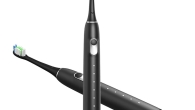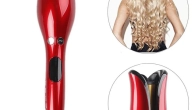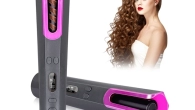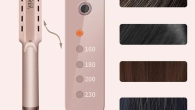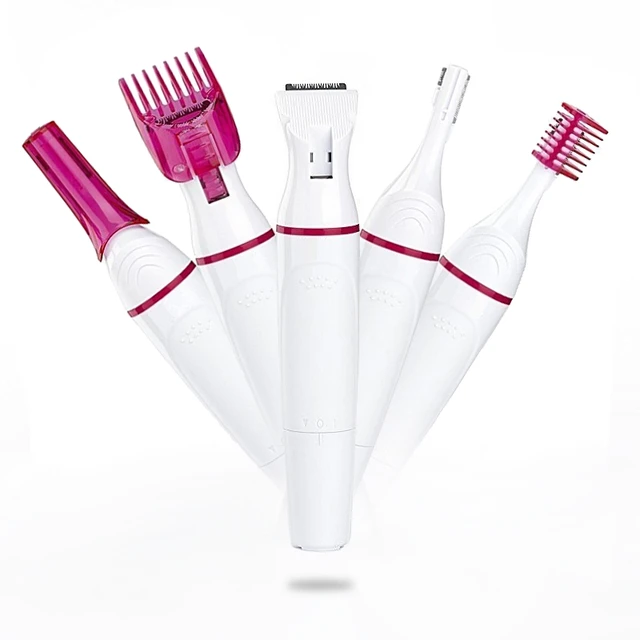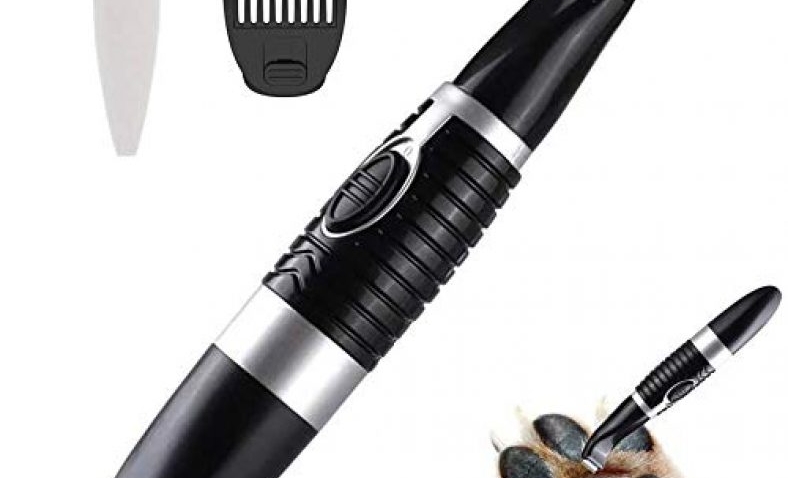
Dog Paw Hair Trimmer: Guide to Trimming Your Dog’s Paw Hair
Introduction: The Importance of Trimming Your Dog’s Paw Hair
Keeping your dog’s paws clean and well-groomed is essential for their overall health and comfort. One of the most effective tools for this grooming task is a dog paw hair trimmer. Properly trimmed paw hair not only enhances your dog’s appearance but also helps prevent tangles, dirt buildup, and even injuries that can occur when their fur grows too long. Moreover, maintaining proper paw hygiene is also crucial for pet owners, as it minimizes the risk of bacterial infections and discomfort for your furry friend.
In this step-by-step guide, we will detail how to safely and effectively trim your dog’s paw hair using a dog paw hair trimmer. Additionally, we’ll provide tips on how to select the best trimmer for your needs, ensuring a stress-free grooming experience for you and your canine companion. Let’s embark on this grooming journey together, ensuring your dog stays happy and healthy!
 Understanding the Need for a Dog Paw Hair Trimmer
Understanding the Need for a Dog Paw Hair Trimmer
Before we dive into the specifics of how to trim your dog’s paw hair, it’s important to understand why a dedicated dog paw hair trimmer is necessary.
Benefits of Using a Dedicated Trimmer
- Precision Cutting: Unlike standard scissors or clippers, dog paw hair trimmers are specifically designed to maneuver around the unique shape of your pet’s paws, making it easier to achieve a clean trim.
- Reduced Risk of Injury: Specialized trimmers often have safety features like rounded tips to minimize the risk of cutting your dog’s skin. This is important as the skin between the paw pads can be sensitive.
- Comfort: Many dog paw hair trimmers are designed to operate quietly and smoothly, helping alleviate anxiety that may arise from grooming. This ensures a more comfortable experience for your dog.
- Versatility: Dog paw hair trimmers can also be used for trimming other areas, such as between the toes and around sensitive areas. Their versatility makes them a valuable addition to your grooming toolbox.
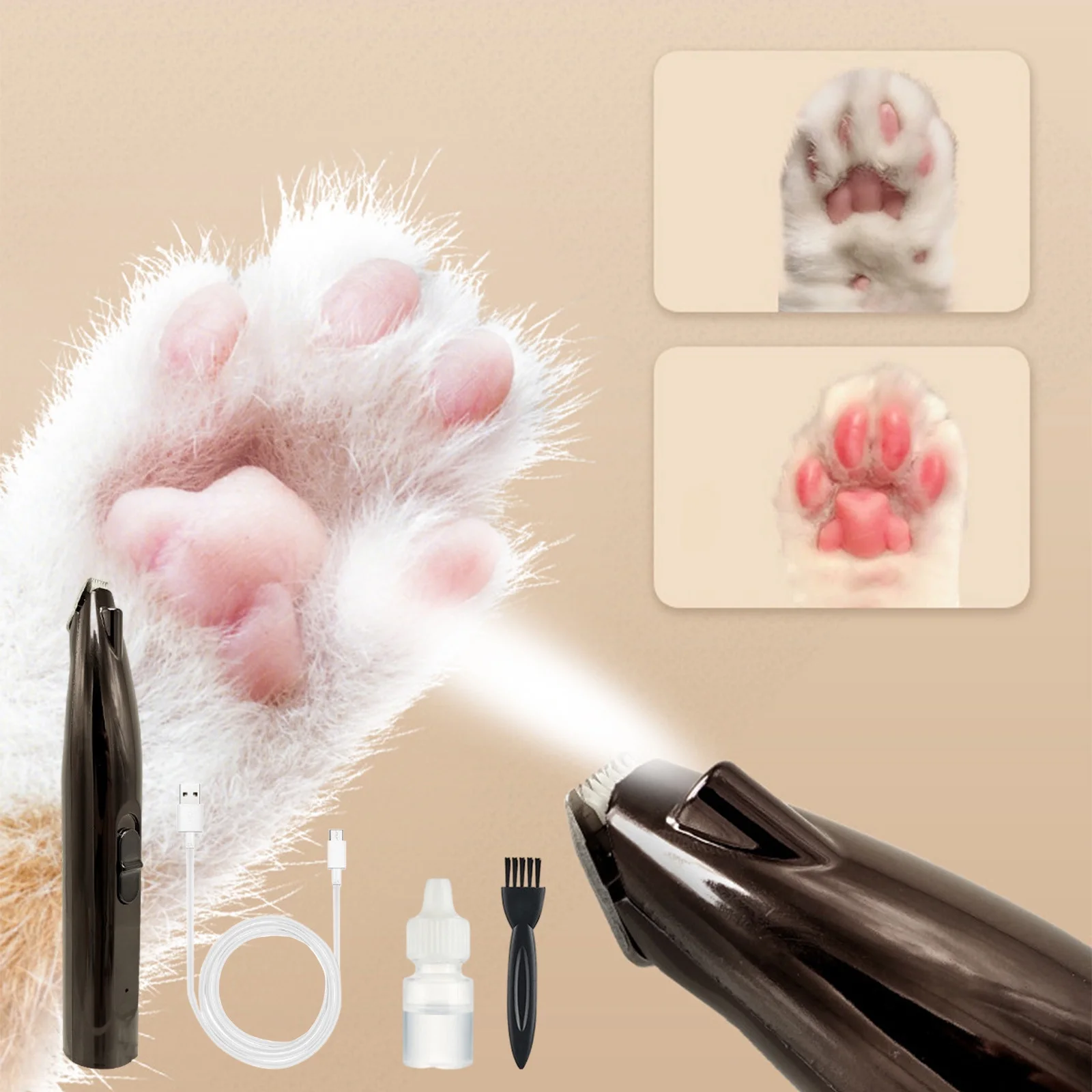 Preparing for the Grooming Session
Preparing for the Grooming Session
Now that we understand the advantages of using a dedicated dog paw hair trimmer, let’s prepare for your grooming session. Proper preparation is key to ensuring a smooth and stress-free experience for both you and your dog.
1. Gather the Necessary Tools
Before starting, it’s crucial to have all your grooming tools at hand. This minimizes interruptions and helps keep your dog calm.
- Dog Paw Hair Trimmer: Ensure you have a quality trimmer that suits your dog’s fur type and paw size. Consider trimmers with adjustable settings for versatility.
- Dog Treats: Positive reinforcement through treats can ease your dog’s anxiety during grooming. Having treats on hand can improve their experience and help them associate trimming with something positive.
- Grooming Mats or Towels: Place a non-slip mat or a soft towel underneath your dog. This provides comfort and prevents slipping, ensuring safety during the grooming process.
- Brush: Have a brush handy to remove tangles and loose hair before and after trimming. Brushing helps prepare the fur and ensures an even cut.
2. Create a Calm Environment
Establishing a calm environment is essential before starting the grooming process.
- Find a Quiet Space: Choose a quiet area in your home where your dog feels comfortable. Minimize distractions by turning off loud noises, including TVs or radios.
- Comfortable Position: Position your dog in a way that they feel secure, whether sitting or lying down. Keeping them in a comfortable position will help relax their nerves.
- Take Your Time: Allow your dog to acclimate to the space. Spend a few moments simply petting and reassuring them, making sure they relax before you begin trimming.
 Step-by-Step Guide to Trimming Your Dog’s Paw Hair
Step-by-Step Guide to Trimming Your Dog’s Paw Hair
Now that preparation is complete, let’s move on to the actual trimming process. To ensure a safe and effective grooming session, follow these steps carefully.
Step 1: Examine Your Dog’s Paws
First and foremost, inspect your dog’s paws thoroughly.
- Check for Debris: Look for any dirt, debris, or foreign objects lodged between the paw pads. If you notice any stones or clumps of dirt, gently remove them.
- Examine for Injury or Infection: Inspect for any signs of injury, swelling, or infections, such as redness or unpleasant odors. If you notice anything unusual, consult a veterinarian before proceeding with trimming.
Step 2: Brush and Prepare the Hair
Before using the trimmer, it’s essential to brush the hair around the paws.
- Remove Tangles: Using your brush, gently remove any tangles or mats from the fur. This process will help ensure an even trim and prevent the trimmer from catching on the hair.
- Lift the Fur: As you brush, hold the paw firmly. This helps lift the fur away from the paw pads, giving you better visibility for a clean cut.
Step 3: Choose the Right Trimmer Settings
Next, ensure your trimmer is correctly set up for the job.
- Adjust Length Settings: Depending on your dog’s fur length, adjust the trimmer’s guard to the appropriate length. Choose a setting that allows you to cut the hair to a manageable length without going too short.
- Test the Trimmer: Turn on the trimmer to assess the noise level. If your dog seems anxious, allow them to investigate the trimmer while it’s turned off to make them more comfortable with it.
Step 4: Start Trimming with Care
Begin trimming your dog’s paw hair in a careful, deliberate manner.
- Hold the Paw Firmly: Gently hold your dog’s paw and ensure they are calm. You may find it helpful to have someone assist you by reassuring your pet.
- Trim Gradually: Start by trimming small sections of hair. Move the trimmer in the direction of hair growth, applying gentle pressure. A slow, steady approach helps avoid cutting too close to the skin.
- Be Mindful of Sensitive Areas: Pay special attention to the areas between the toes and the paw pads. These areas can be more sensitive, so trim cautiously to avoid injury.
Step 5: Reward Your Dog
After trimming each paw, be sure to reward your dog.
- Positive Reinforcement: Provide treats and praise immediately after each paw is trimmed. This reinforces good behavior and helps create a positive association with grooming.
- Breaks if Necessary: If your dog seems restless or anxious, take a break. Allowing them to rest helps reduce stress and gives them a chance to adjust.
Step 6: Clean Up After Trimming
After you’ve completed the trimming process, it’s important to clean up.
- Remove Fur Clippings: Clean any loose hair around your workspace. This helps keep the area tidy and more pleasant for both you and your pet.
- Brush Again: Use a brush to remove any remaining tangles and ensure your dog’s fur is smooth and even after trimming.
Step 7: Regular Maintenance
To ensure your dog’s paws remain healthy and well-groomed, implement a regular grooming schedule.
- Schedule Trims: Depending on your dog’s breed, it is important to schedule regular trimming every few weeks to maintain the length of the hair around their paws. By doing so, you will help avoid matting and keep their paws clean and well-groomed.
- Combine with Other Grooming Practices: Incorporate paw trimming into your regular grooming routine alongside other practices, such as bathing and brushing.
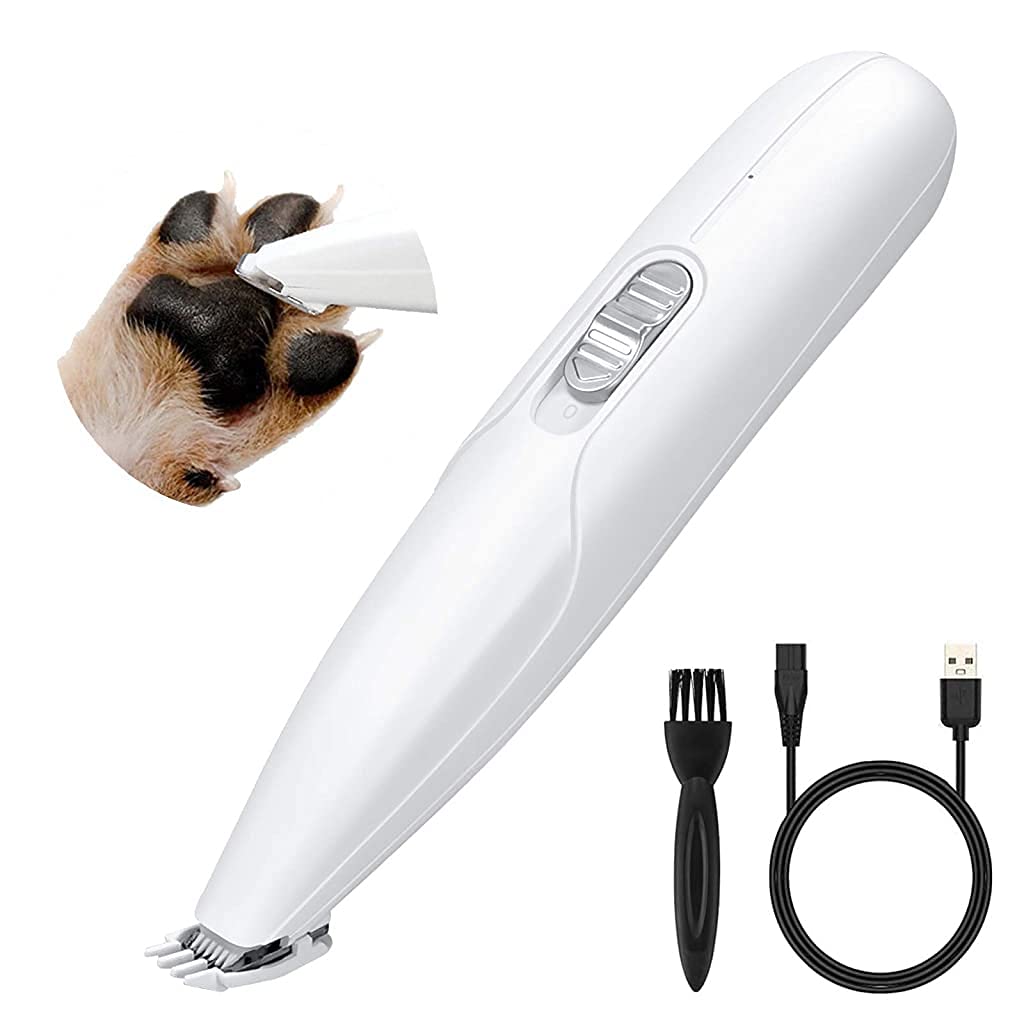 Safety Considerations When Using a Dog Paw Hair Trimmer
Safety Considerations When Using a Dog Paw Hair Trimmer
Safety should always be your top priority when trimming your dog’s paw hair. Here are some important considerations:
1. Use the Right Tools
Make sure you use high-quality grooming tools specifically designed for dogs.
- Choose Dog-Safe Trimmers: Look for trimmers that are specifically made for animal use to avoid injuries. Designs that feature rounded tips are recommended for safety purposes.
2. Monitor Your Dog’s Reaction
Throughout the trimming process, keep an eye on your dog’s behavior.
- Watch for Signs of Stress: If your dog shows signs of stress—such as whining, pulling away, or showing teeth—take a break. This indicates that they may need a moment to relax.
3. Know When to Seek Help
If you are uncertain about any aspect of trimming your dog’s paw hair, don’t hesitate to consult a professional groomer.
- Professional Services: Professional groomers are trained to handle dogs of all temperaments. They have the experience and tools necessary to ensure your dog remains safe and comfortable during the grooming process.
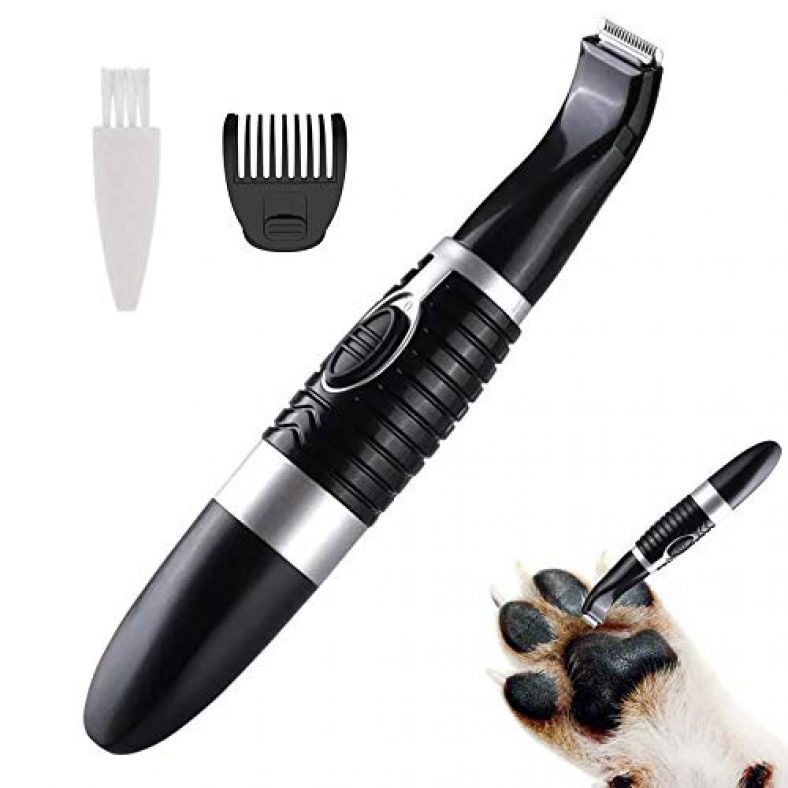 Conclusion: Maintaining Your Dog’s Paw Hair with Confidence
Conclusion: Maintaining Your Dog’s Paw Hair with Confidence
By following this step-by-step guide to using a dog paw hair trimmer, you ensure a safe experience that benefits both you and your dog. Understanding the right tools to use, the steps to follow, and the importance of regular grooming enhances your pet’s well-being while making the process enjoyable for both of you.





